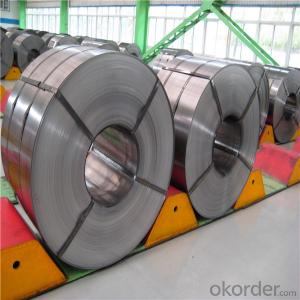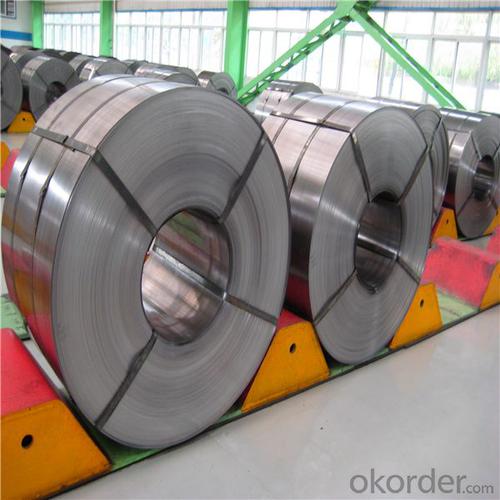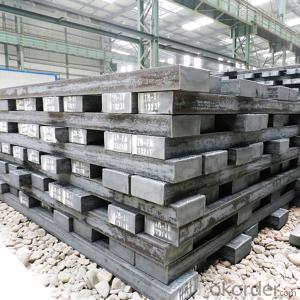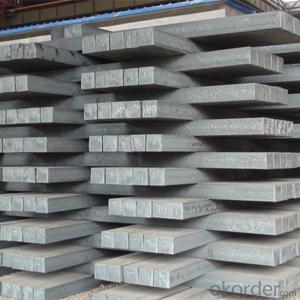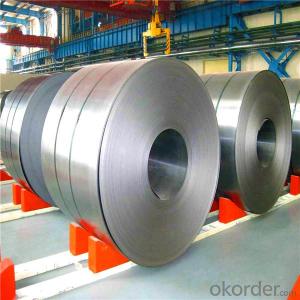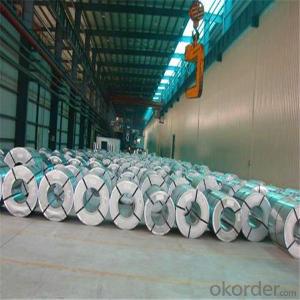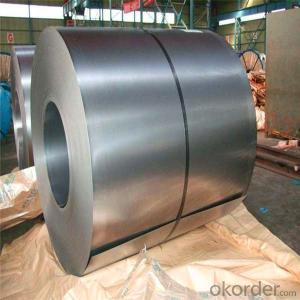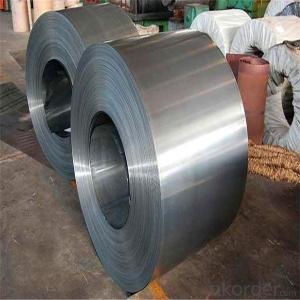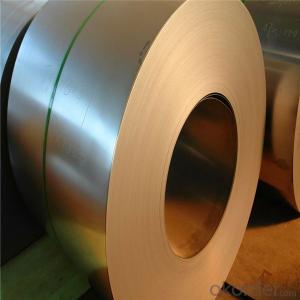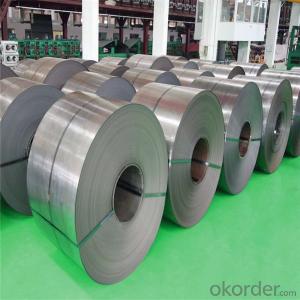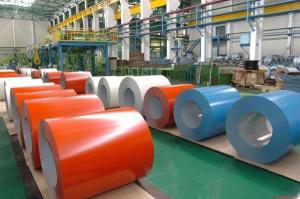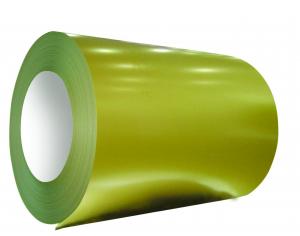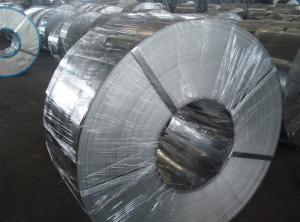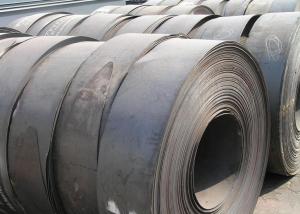Prime Quality DC01 Cold Rolled Steel Sheet/Coil
- Loading Port:
- China main port
- Payment Terms:
- TT OR LC
- Min Order Qty:
- 23 m.t.
- Supply Capability:
- 50000 m.t./month
OKorder Service Pledge
OKorder Financial Service
You Might Also Like
Specification
Prime Quality SPCC Cold Rolled Steel Sheet/coil
Widely used to appliance,automobile industry or other decoration usage.
Certificate: ISO9001
Packing Details: Wrapped by water proof paper and plastic film.Covered with iron sheet,strapped by steel strips to protect the damage under transportation.
Details please check following format
Brief Introduction
Cold rolled steel coil is steel that has been worked below its recrystallization temperature by passing it between a pair of rollers. Recrystallization temperature is the temperature at which grains in the lattice structure of the metal have been rearranged, leaving it free of strain and deformations. Cold rolled steel coil is pre-treated before being cold rolled with a process known as pickling, which uses strong acids to remove scale and other impurities. The cold rolled steel coil is then passed through rollers to reduce its thickness. Most cold rolling takes place in multiple passes and as the size of the cold rolled steel coil is further reduced, its strength and hardness both increase, but its ductility decreases. After cold rolling, heating the metal up in a process known as annealing can restore some of its ductility. The final cold rolled steel coil may be manufactured in the form of sheets, strips, bars, or other forms.
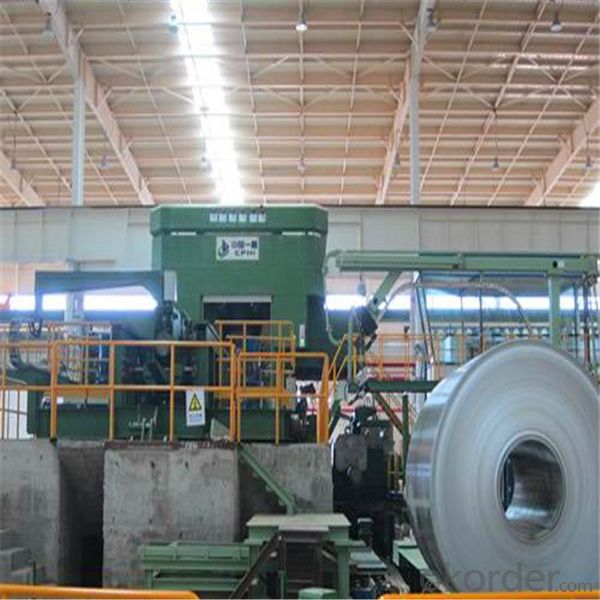
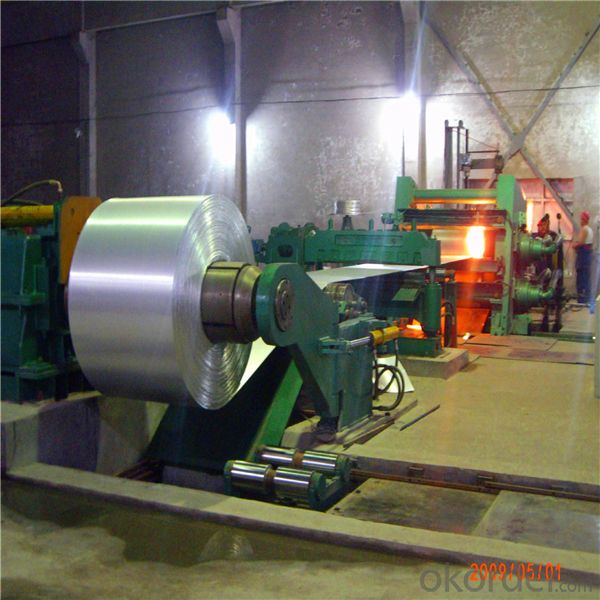
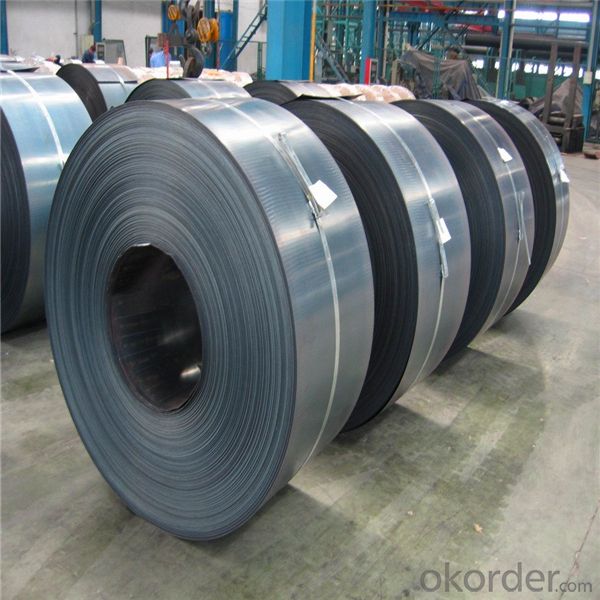
- Q: How is steel forgings heat-treated for improved mechanical properties?
- Steel forgings are heat-treated to improve their mechanical properties through a process called heat treatment. This involves heating the steel forgings to a specific temperature and then cooling them at a controlled rate. The heat treatment process can include steps like annealing, quenching, tempering, or normalizing, depending on the desired properties. These treatments help to refine the microstructure of the forgings, enhancing their strength, toughness, hardness, and overall performance.
- Q: What are the properties of high-strength steel for structural applications?
- High-strength steel for structural applications possesses several key properties. Firstly, it has a significantly higher yield strength compared to conventional steel, allowing it to withstand higher loads and stresses without deforming permanently. Additionally, it exhibits excellent toughness and ductility, ensuring it can absorb energy and resist fracture even under extreme conditions. High-strength steel also offers improved corrosion resistance, reducing the risk of deterioration over time. Lastly, it has a relatively low weight-to-strength ratio, making it an ideal choice for lightweight and high-performance structures.
- Q: How are steel billets produced?
- Steel billets are produced through a process called continuous casting, where molten steel is poured into a water-cooled mold to form a solid billet shape. This billet is then further processed through rolling and hot working to achieve the desired dimensions and properties.
- Q: How are steel products used in the construction of airports and terminals?
- Steel products are commonly used in the construction of airports and terminals due to their strength, durability, and versatility. They are used to create structures such as hangars, terminal buildings, and control towers, as well as for supporting infrastructure like runways, bridges, and walkways. Steel is also used for manufacturing doors, windows, and security systems, ensuring the safety and functionality of these facilities. Additionally, steel is employed in the construction of luggage handling systems, escalators, and elevators, enhancing the efficiency and convenience of airports and terminals.
- Q: What are the different methods of joining steel components together?
- There are several methods of joining steel components together, including welding, bolting, riveting, and adhesive bonding.
- Q: How are steel products used in the oil and gas industry?
- Steel products are extensively used in the oil and gas industry due to their durability and strength. They are utilized in various applications such as pipelines, drilling equipment, storage tanks, and offshore structures. Steel pipes are used to transport oil and gas over long distances, while steel tanks provide storage for these resources. Additionally, steel is used in the construction of drilling rigs, platforms, and other offshore facilities, as it can withstand harsh environmental conditions. Overall, steel products play a crucial role in ensuring the safe and efficient extraction, transportation, and storage of oil and gas.
- Q: What are the different types of steel beams and their applications?
- There are several types of steel beams commonly used in construction and their applications vary based on their characteristics. Some of the common types include I-beams, H-beams, and T-beams. I-beams, also known as W-beams, have a characteristic shape resembling the letter "I". They are widely used in construction due to their high strength-to-weight ratio and are commonly used in structural support applications such as building frames and bridges. H-beams, also known as wide flange beams, have a shape resembling the letter "H". They are often used in structural applications that require heavy loads, such as columns and retaining walls. H-beams offer excellent bending and shear resistance, making them suitable for various construction projects. T-beams, also known as Tee beams, have a shape resembling the letter "T". They are commonly used in reinforced concrete structures, where they provide support for slabs and beams. T-beams are typically used in applications such as floor and roof systems, as well as bridge decks. Each type of steel beam has its own unique properties and applications, and the choice of beam depends on the specific requirements of the construction project.
- Q: How does steel compare to other materials like aluminum or wood?
- Steel is a highly durable and strong material that offers significant advantages compared to materials like aluminum or wood. Its superior strength allows for the construction of larger and sturdier structures, making it ideal for applications where structural integrity is crucial, such as in high-rise buildings and bridges. Additionally, steel's resistance to corrosion and fire makes it a safer and more long-lasting option. Compared to aluminum, steel is generally less expensive and has a higher weight-bearing capacity. While wood has its own unique aesthetic appeal and is renewable, steel surpasses it in terms of strength, durability, and resistance to environmental factors.
- Q: How is steel used in the production of industrial boilers and pressure vessels?
- Steel is commonly used in the production of industrial boilers and pressure vessels due to its high strength and durability. It provides the structural integrity required to withstand high pressures and temperatures. Steel is used for constructing the shell, tubing, and other components of these systems, ensuring safety and efficiency in various industrial processes.
- Q: How are steel bars used in the reinforcement of bridges and flyovers?
- Steel bars, also known as reinforcement bars or rebars, are used in the construction and reinforcement of bridges and flyovers to enhance their structural strength and durability. These bars are typically embedded within the concrete structures to provide tensile strength, as concrete is strong in compression but weak in tension. The steel bars act as a skeletal framework, distributing and absorbing the tensile forces that arise due to the weight and movement of vehicles and other loads. By reinforcing the concrete, steel bars ensure that the bridge or flyover can withstand heavy loads and maintain its structural integrity over time, ensuring the safety and longevity of these vital transportation infrastructure.
Send your message to us
Prime Quality DC01 Cold Rolled Steel Sheet/Coil
- Loading Port:
- China main port
- Payment Terms:
- TT OR LC
- Min Order Qty:
- 23 m.t.
- Supply Capability:
- 50000 m.t./month
OKorder Service Pledge
OKorder Financial Service
Similar products
Hot products
Hot Searches
Related keywords
